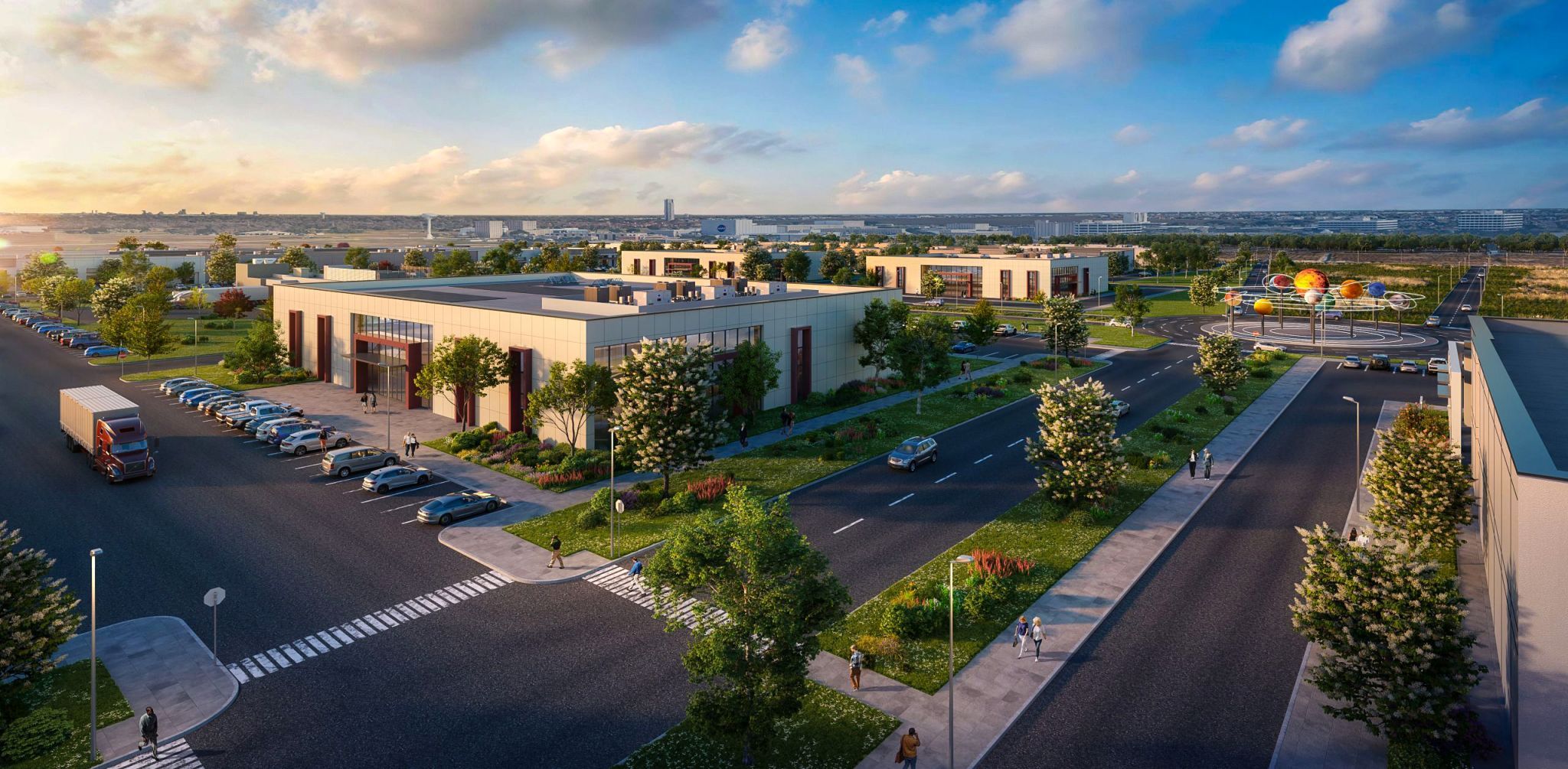Houston-Based Companies Propel NASA's Space Exploration with REMIS-2 Contract
Published Jan 17, 2024 by Ernesto Becerra
NASA recently selected five greater Houston-based companies to spearhead vital research, engineering and mission integration services for the International Space Station Program.
The prestigious $478 million Research, Engineering & Mission Integration Services-2 (REMIS-2) contract is set to be a cornerstone in advancing the objectives of the International Space Station Program, with its headquarters situated at NASA's Johnson Space Center in Houston further reinforcing the region's pivotal role in the aerospace domain.
This strategic collaboration, scheduled to unfold over a seven-year period starting January 19, 2024, with the potential for an extension to September 30, 2032—marks a watershed moment for Houston's corporate landscape. Each of the selected companies below have been granted a multiple-award, indefinite-quantity contract featuring firm-fixed price and cost-plus-fixed-fee task orders.
-
Axient Corp, Huntsville, Alabama
-
Consolidated Safety Services, Exploration Park, Florida
-
KBR Wyle, Fulton, Maryland
-
Metis, Albuquerque, New Mexico
-
Tec-Masters, Huntsville, Alabama
-
Teledyne Brown Engineering, Huntsville, Alabama
-
University of Alabama at Birmingham, Alabama
Adopting a nationwide distribution model for the select organizations ensures a diverse collaboration across locations, enhancing the project's overall efficiency and impact.
In alignment with a dedicated commitment to supporting small enterprises, the REMIS-2 contract incorporates a small business reserve. Notably, the select group will assume a crucial role in fulfilling this reserve, reflecting a strategic move to foster diversity and inclusivity within the aerospace sector.
Houston continues to solidify its position as a hub of innovation and expertise, furthering our collective vision of reaching new heights in space exploration.
Learn more about Houston's aerospace sector.
 The Houston Report
The Houston Report




















